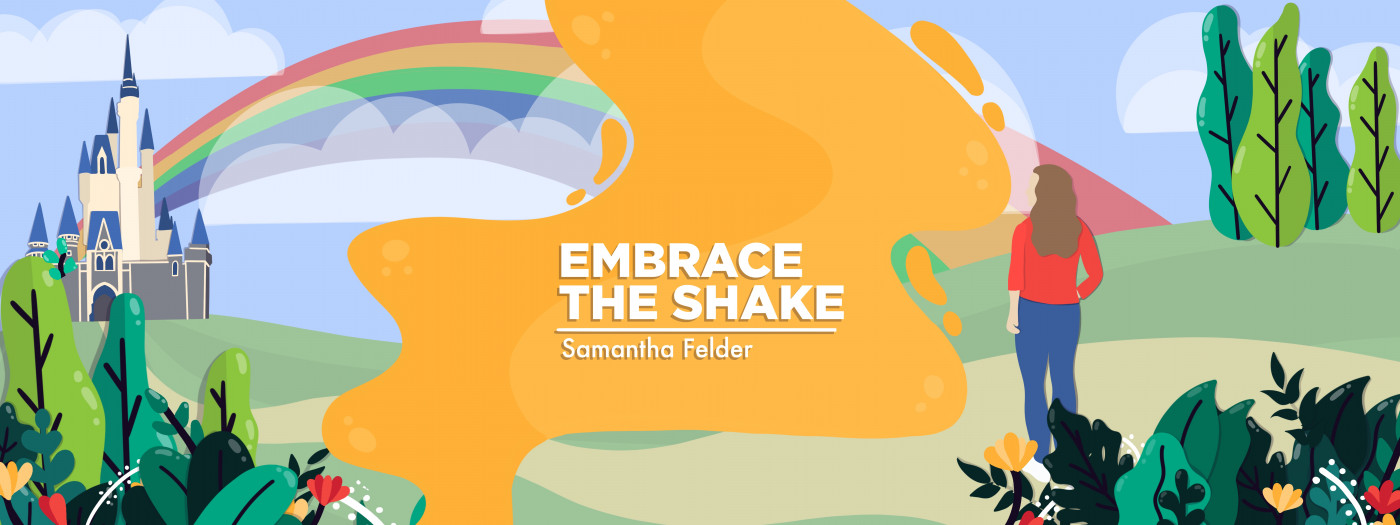‘Movin’ It’ With Hip Hop Dance Classes for People With Parkinson’s

“I like to move it, move it. I like to move it, move it. I like to move it!”
These dance tune lyrics, interpreted in the animated children’s movie “Madagascar,” reflect an unfortunate reality for many Parkinson’s patients.
Some Parkinson’s patients appear to be constantly moving, which is known in the Parkinson’s world as dyskinesia. Dyskinesia entails involuntary movements that can affect the arms, legs, head, or entire body. But what if we could channel that involuntary movement into something constructive, such as dance?
I channel my movement into my tap, ballet, and jazz classes at a local studio. I have noticed that many of the Parkinson’s dance classes offered near me tend to focus on slower movements such as ballroom dancing. But what about classes for younger people with Parkinson’s, such as hip hop classes?
Hip hop?
Yes, I said hip hop.
It’s a movement
Hip hop is a style of dance movement with roots in African American culture. It is characterized by bounces and rocks executed to music. While usually referred to as a dance style, hip hop dance is part of a whole culture of hip hop that includes particular types of deejaying, graffiti, and different types of moves, including break dancing.
In July 2015, U.K. hip hop dancer and choreographer Simone Sistarelli hosted his first hip hop dance class for Parkinson’s patients. He was inspired by his passion for hip hop and his love for helping others in need. When he was a child, his grandfather had Parkinson’s. He remembers his grandfather constantly moving, which led him to his first connection between Parkinson’s patients and hip hop.
“I realized that people with Parkinson’s shake without the music and the beat. And popping dancers like me train their whole life to shake to the beat,” Sistarelli told Culturico.
Sistarelli’s hip hop class is called “Popping for Parkinson’s.” Popping refers to the rhythmic contractions of a dancer’s muscles to accent a musical beat. Thanks to a grant from the National Lottery in the U.K., Sistarelli is able to provide the class for patients at no cost.
According to a post on the National Lottery’s website, Sarah Webb, creator of the South London Younger Parkinson Network, the first group to participate in Sistarelli’s hip hop class, noted that, “As soon as the music goes on, somehow your body comes alive. It becomes like it used to be. It distracts the brain with the music; you move to the beat and it is amazing what your body can do.”
Get on up and be happy
I decided to try it out myself. The class was highly engaging, and had participants with different stages of the disease. I was able to follow along with Sistarelli or watch other participants to see examples of different modifications. Full classes are available online.
Dancing has physical, psychological, and social benefits, especially for people with Parkinson’s disease. I know that when I am dancing I can’t help but smile and be happy.
Are you having one of those days in which your body wants to move but you don’t? Maybe go with the flow, and go along for the ride your body is determined to take you on. Get up and dance along!
“I like to move it, move it. I like to move it, move it. I like to move it!”
***
Note: Parkinson’s News Today is strictly a news and information website about the disease. It does not provide medical advice, diagnosis or treatment. This content is not intended to be a substitute for professional medical advice, diagnosis, or treatment. Always seek the advice of your physician or another qualified health provider with any questions you may have regarding a medical condition. Never disregard professional medical advice or delay in seeking it because of something you have read on this website. The opinions expressed in this column are not those of Parkinson’s News Today or its parent company, Bionews, and are intended to spark discussion about issues pertaining to Parkinson’s disease.








Beth T Browne
I would love to find a dance class. I am in Laguna Niguel, CA. Any suggestions?